Germany and Denmark are setting the standard.
Europe already has the technology to create a 100% renewable energy system, but communities will need to join forces to achieve this ambitious goal.
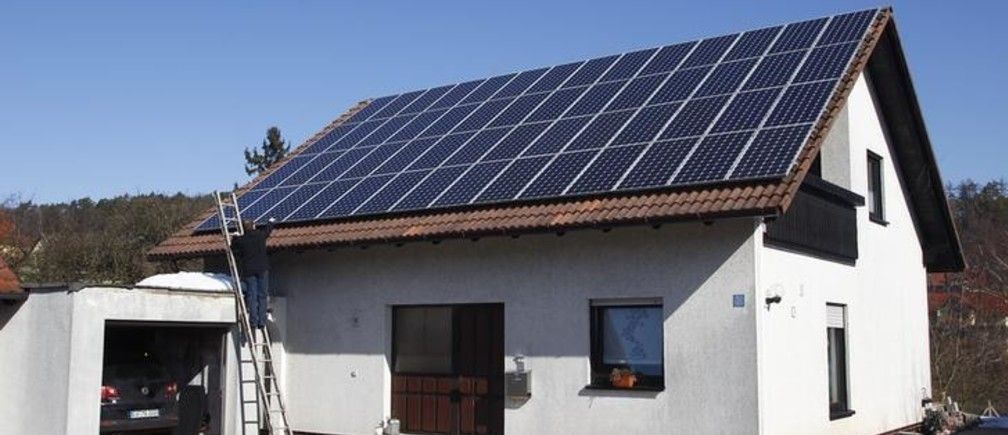
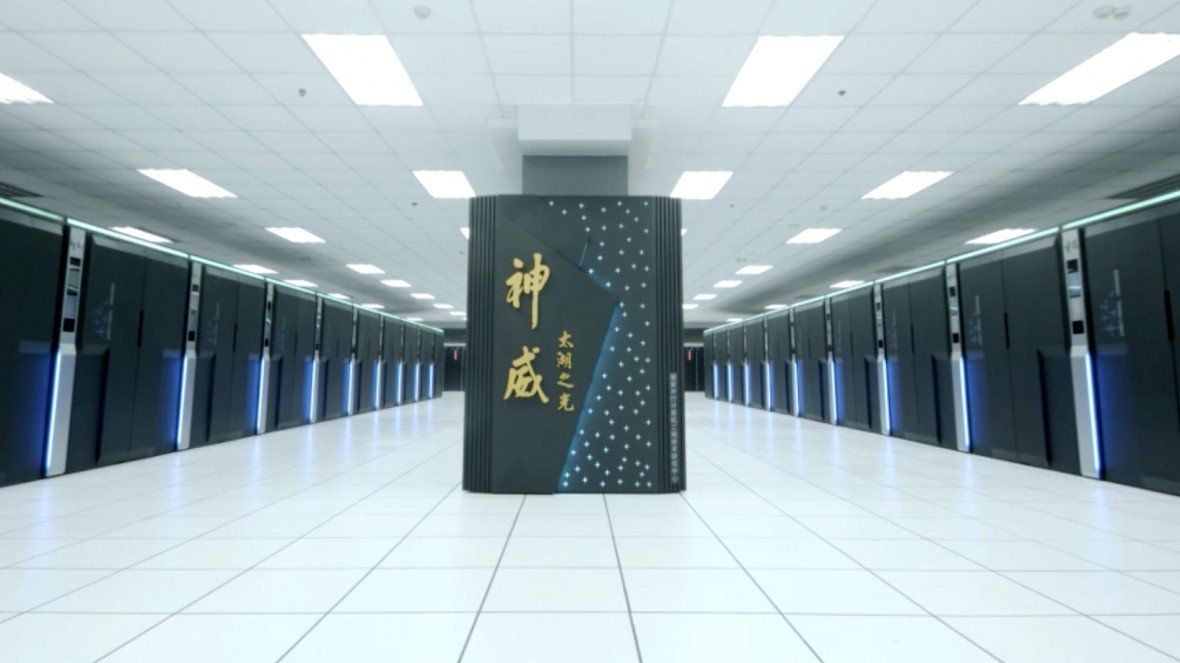
1. blame the American public that lost serious interest in science in the 1990’s, And 2. the US government who’s only real interest now is war, and how to spend money on war.
If you want to crunch the world’s biggest problems, head east. According to a newly published ranking, not only is China home to the world’s two fastest supercomputers, it also has 202 of the world’s fastest 500 such devices—more than any other nation. Meanwhile, America’s fastest device limps into fifth place in the charts, and the nation occupies just 144 of the top 500 slots, making it second according to that metric.
The world’s fastest supercomputer is still TaihuLight, housed at the National Supercomputing Center in Wuxi, China, and pictured above. Capable of performing 93 quadrillion calculations per second, it’s almost three times faster than the second-place Tianhe-2. The Department of Energy’s fifth-placed Titan supercomputer, housed at Oak Ridge National Laboratory, performs 17.6 quadrillion calculations per second—making it less than a fifth as fast as TaihuLight.
China also beats out all comers on total computational resources, commanding 35.4 percent of the computing power in the list, compared with America’s 29.6 percent. The new list clearly and painfully underscores America’s decline as a supercomputing heavyweight. Indeed, this is the weakest representation by the U.S. since the Top500 supercomputers list started ranking the industry 25 years ago.


Using supercomputer modeling, University of Oregon scientists have unveiled a new explanation for the geology underlying recent seismic imaging of magma bodies below Yellowstone National Park.
Yellowstone, a supervolcano famous for explosive eruptions, large calderas and extensive lava flows, has for years attracted the attention of scientists trying to understand the location and size of magma chambers below it. The last caldera forming eruption occurred 630,000 years ago; the last large volume of lava surfaced 70,000 years ago.
Crust below the park is heated and softened by continuous infusions of magma that rise from an anomaly called a mantle plume, similar to the source of the magma at Hawaii’s Kilauea volcano. Huge amounts of water that fuel the dramatic geysers and hot springs at Yellowstone cool the crust and prevent it from becoming too hot.


ALBUQUERQUE, NM – Applied Research Associates, Inc. (ARA) is developing a compact, completely self-contained directed-energy weapon that is the first of its size and specifications, making it a standout from existing systems.
The Silent Saber is high power, 1.5 kilowatt fiber laser packaged in a backpack with power supplies and a unique thermal control system. A telescope with multiple potential mounting configurations can be mounted to existing Picatinny rails of a soldier’s rifle, and a laser is connected to the telescope by a fiber cable.
“This tool provides options to the warfighter to support explosive ordnance disposal, counter infrastructure and counter drone missions,” said Principal Engineer Joseph Paranto, ARA’s Director of Directed Energy Systems.

“We shape our tools”, the old maxim goes, “and thereafter our tools shape us.” But what if both man and tools could shape and guide each other — as equals?
That’s the dream of the Senior Director of Advanced Technology at InvenSense, a TDK Group Company, Dr. Peter G. Hartwell, who believes we are heading into a profound new age of man-machine collaboration, led by breakthroughs in sensor technology. “Some problems simply can’t be solved using human senses or machine capabilities alone; we need a fusion of the two,” says Hartwell.
The problems which Hartwell targets are at the very core of a life well lived: customized health care, more energy-efficient infrastructure, productive workplaces, safer cities, and improved environmental monitoring.
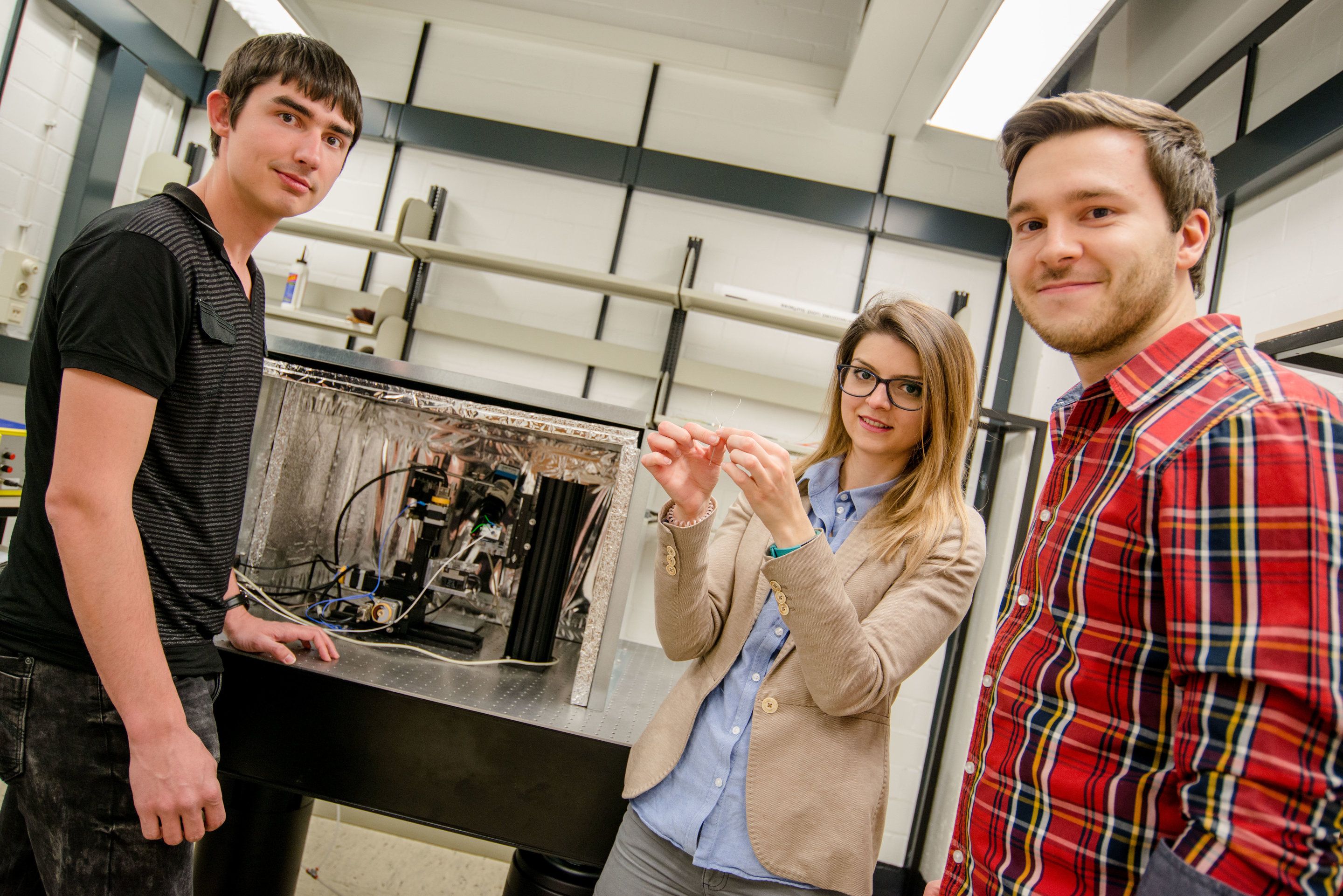
Researchers from the Ruhr University Bochum (RUB) and the University of Warwick were able to observe the smallest details of hydrogen production with the synthetic mineral pentlandite. This makes it possible to develop strategies for the design of robust and cost-effective catalysts for hydrogen production. The working groups of Prof. Wolfgang Schuhmann and Dr. Ulf-Peter Apfel from the RUB and the team headed by Prof. Patrick R. Unwin from the University of Warwick published their results in the journal Angewandte Chemie.
Hydrogen gas is considered a possible future source of energy and can be produced from water using platinum catalysts and electricity. However, researchers seek alternative catalysts made of cheaper and more readily available materials with equally high efficiency. There are a number of materials that, like platinum, are able to catalyse the reaction of water into hydrogen. “These include metal chalcogenides such as the mineral pentlandite, which is just as efficient as platinum and is also significantly more stable toward catalyst poisons such as sulphur,” explains Ulf-Peter Apfel. Pentlandite consists of iron, nickel and sulphur. Its structure is similar to that of the catalytic centres of hydrogen-producing enzymes found in a variety of sources, including green algae.
In the current study, the researchers investigated hydrogen production rates of artificially prepared crystalline surfaces of the mineral pentlandite in a drop of liquid with a diameter of a few hundred nanometres. They used scanning electrochemical cell microscopy for this purpose.
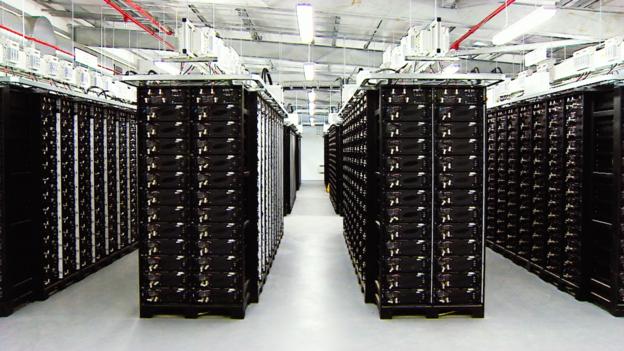
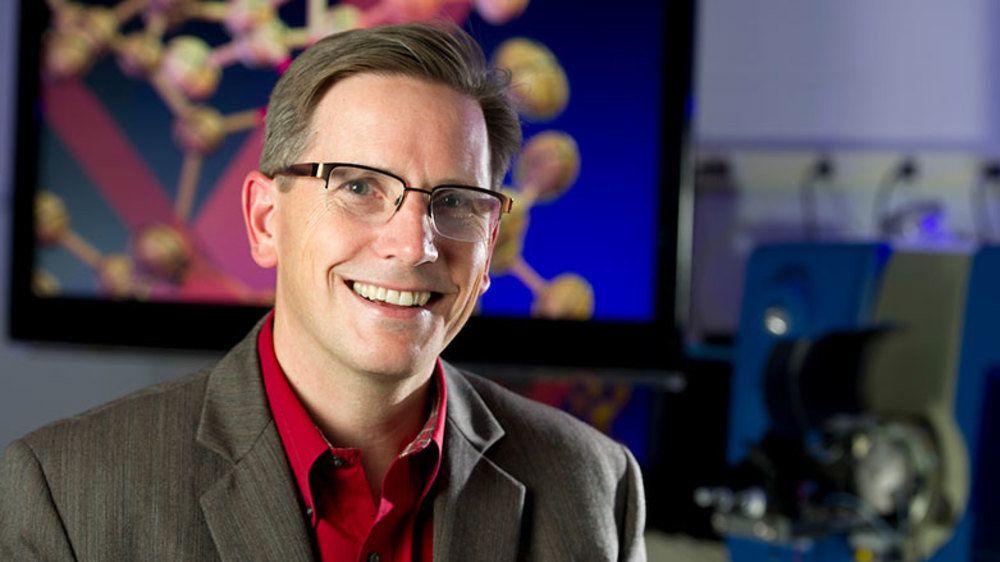
Researchers at the University of Notre Dame are developing a renewable energy approach for synthesizing ammonia, an essential component of fertilizers that support the world’s food production needs. The Haber-Bosch process developed in the early 1900s for producing ammonia relies on non-renewable fossil fuels and has limited applications for only large, centralized chemical plants.
The new process, published in Nature Catalysis, utilizes a plasma—an ionized gas—in combination with non-noble metal catalysts to generate ammonia at much milder conditions than is possible with Haber-Bosch. The energy in the plasma excites nitrogen molecules, one of the two components that go into making ammonia, allowing them to react more readily on the catalysts. Because the energy for the reaction comes from the plasma rather than high heat and intense pressure, the process can be carried out at small scale. This makes the new process well-suited for use with intermittent renewable energy sources and for distributed ammonia production.
“Plasmas have been considered by many as a way to make ammonia that is not dependent on fossil fuels and had the potential to be applied in a less centralized way,” said William Schneider, H. Clifford and Evelyn A. Brosey Professor of Engineering, affiliated member of ND Energy and co-author of the study. “The real challenge has been to find the right combination of plasma and catalyst. By combining molecular models with results in the laboratory, we were able to focus in on combinations that had never been considered before.”